As COVID-19 cases began to rise in early 2020, the world shut down in hopes of slowing the spread of this unknown and deadly infection. Non-essential workers worldwide transitioned to working from home, an option not available for essential workers within the Homeland Security Enterprise. Doctors and nurses continued to work at inundated hospitals, police and firefighters never stopped responding to emergency calls, and other essential workers continued to do their job while entering an even more dangerous and unknown situation. Additionally, leadership training has become an important aspect to personnel recruitment and retention, following the massive resignations and layoffs following the COVID-19 shutdown.
In the wake of the COVID-19 pandemic, many public safety officials expressed feeling of being burnt out or overworked. Due to these ongoing issues, many organizations within the Homeland Security Enterprise began reevaluating staff training and retention strategies. Leadership trainings have recently been utilized to ensure that an organization’s human capital is supported in any way possible. Organizations such as the United States Capitol Police and the United States Environmental Protection Agency have created a Human Capital Strategic Plan to ensure all workforce members are utilized effectively and supervisors are provided with leadership training. These leadership classes are offered online, allowing participants to attend without leaving their desks. Such courses have proved to be beneficial, including a master class titled Leadership and Change Management featured in the FireRescue1 Academy. Maryland Emergency Response System (MDERS) continues to work with its stakeholder representatives to ensure the courses offered benefit the stakeholder, agency, and community.
To further support their personnel, many public safety agencies moved to a hybrid learning or meeting style once COVID-19 restrictions began to lift. Out of necessity, some ICS courses are offered online and in person. State Emergency Management organizations, such as Oklahoma, Florida, the District of Columbia, and California, have created online curricula for G-300: Intermediate ICS for Expanding Incidents & G-400: Advanced ICS, which were hosted exclusively in person prior the pandemic. Additionally, programs such as the Texas A&M Engineering Extension Service’s (TEEX) Active Attack Event Response Leadership course, which was previously exclusively taught in person, can now be accessed completed entirely online. MDERS is constantly researching different options for courses which can be provided to its stakeholders in a fully online or hybrid format. The Training and Exercise Team at MDERS has coordinated courses from the National Preparedness Leadership Institute, and the National Association of Counties High Performance Leadership Academy, which are offered online. Additionally, the National Tactical Officers Association online course, teaches police personnel on the legalities and challenges faced when responding to suicidal subjects.
The world has changed more quickly and abruptly than imagined, and due to these changes, the workforce and training methods need to evolve. Leaders are adapting the way they lead, and trainings are adjusting to ensure they are accessible to everyone safely. However, whether it is a hybrid learning model or all online, some adjustments must be made to ensure their longevity. MDERS has expanded their offering to stakeholders and is constantly looking to improve the learning experience and will continue to search for classes that will help the leaders of the Maryland-National Capital Region.




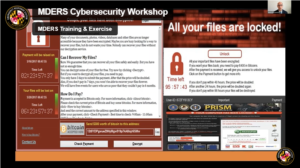 Health and Homeland Security (CHHS) and Montgomery County Office of Emergency Management and Homeland Security (OEMHS). This workshop allowed stakeholders to learn effective organizational preparedness and response capabilities, which could be applied to their agencies. In addition, MDERS continues to offer training opportunities providing its stakeholders with cutting-edge techniques to help protect their agency.
Health and Homeland Security (CHHS) and Montgomery County Office of Emergency Management and Homeland Security (OEMHS). This workshop allowed stakeholders to learn effective organizational preparedness and response capabilities, which could be applied to their agencies. In addition, MDERS continues to offer training opportunities providing its stakeholders with cutting-edge techniques to help protect their agency. MDERS has facilitated tabletop exercises and a full-scale active assailant exercise at Prince George’s County Police Department (PGPD) Training Facility and Firing Range. Additionally, MDERS worked with Prince George’s County Police Department and Montgomery County Police Department (MCPD) Special Operations Division’s (SOD) leadership to create a tabletop series to ensure a cohesive response in an interdisciplinary multi-jurisdictional incident.
MDERS has facilitated tabletop exercises and a full-scale active assailant exercise at Prince George’s County Police Department (PGPD) Training Facility and Firing Range. Additionally, MDERS worked with Prince George’s County Police Department and Montgomery County Police Department (MCPD) Special Operations Division’s (SOD) leadership to create a tabletop series to ensure a cohesive response in an interdisciplinary multi-jurisdictional incident.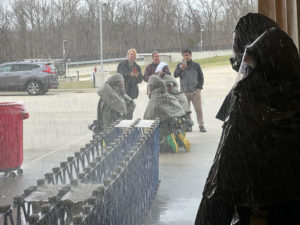 use for specific response operations. Decontamination shelters can be rapidly deployed in any location and easily stored away. Stakeholders may use decontamination shelters to establish incident command posts, support field triage, and other public safety response operations.
use for specific response operations. Decontamination shelters can be rapidly deployed in any location and easily stored away. Stakeholders may use decontamination shelters to establish incident command posts, support field triage, and other public safety response operations.
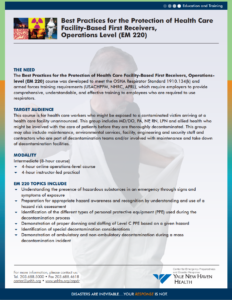 With the support of MDERS, hospital stakeholders have online access to the following courses:
With the support of MDERS, hospital stakeholders have online access to the following courses: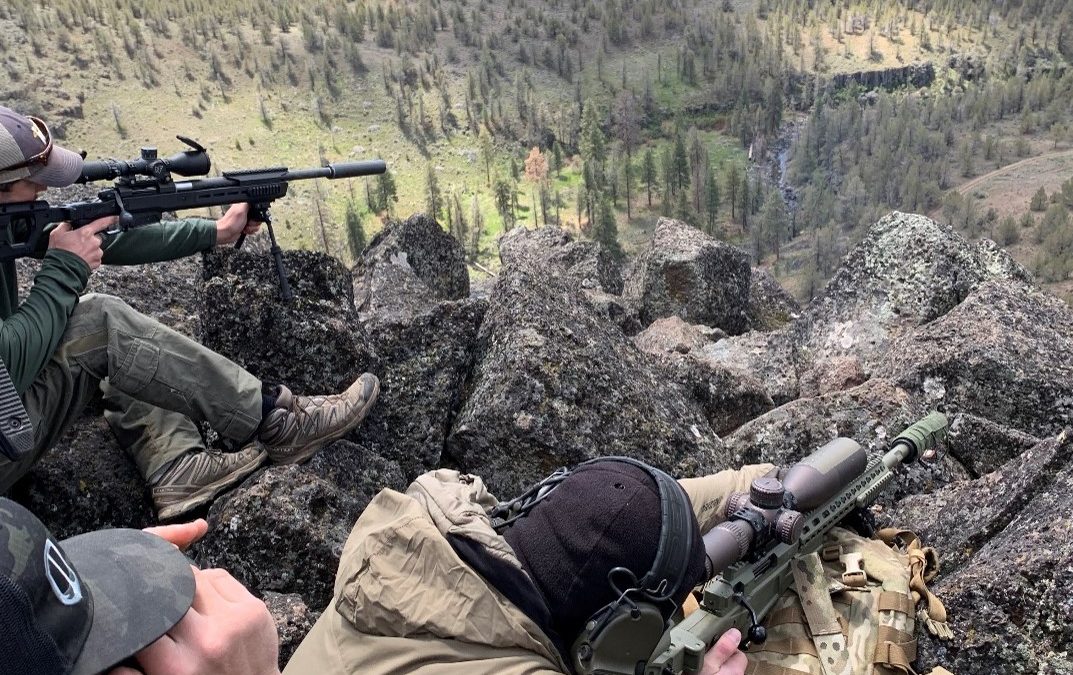
 The Montgomery County Police Department (MCPD) upholds a mission to equip, prepare, and bolster the response capabilities of their Sniper Response Team to provide enhanced public safety and security at national special security events, as well as respond to active-threat incidents in Montgomery County and the National Capital Region. The Sniper Response Team is additionally tasked with reinforcing the response activities of law enforcement officers, including conducting surveillance to share intelligence with responding agencies on the ground. To accomplish this mission, the MCPD Sniper Response Team requires specialized tools, tactics, and capabilities.
The Montgomery County Police Department (MCPD) upholds a mission to equip, prepare, and bolster the response capabilities of their Sniper Response Team to provide enhanced public safety and security at national special security events, as well as respond to active-threat incidents in Montgomery County and the National Capital Region. The Sniper Response Team is additionally tasked with reinforcing the response activities of law enforcement officers, including conducting surveillance to share intelligence with responding agencies on the ground. To accomplish this mission, the MCPD Sniper Response Team requires specialized tools, tactics, and capabilities.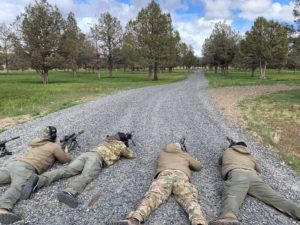 At the conclusion of the sniper training, participants provided the following feedback:
At the conclusion of the sniper training, participants provided the following feedback: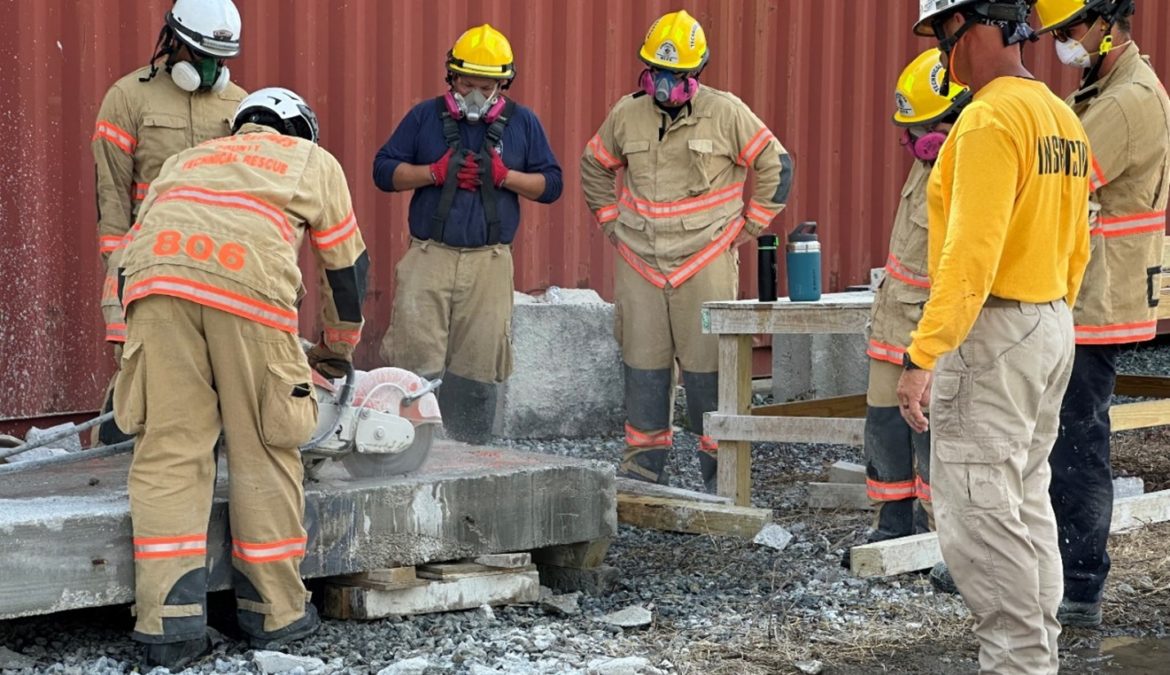
 To support this priority, MDERS sponsored personnel from MCFRS and PGFD to participate in a structural collapse specialist course in September 2022. This course trains personnel on the critical duties and activities as outlined in their position task books and is a requirement for any individual participating in structural collapse response. This training program, hosted at the Montgomery County Public Safety Training Academy, began with eight hours of computer-based training (CBT), followed by 80 hours of hands-on training. The specialized techniques learned and practiced that are necessary to perform rescues at structural collapse incidents included:
To support this priority, MDERS sponsored personnel from MCFRS and PGFD to participate in a structural collapse specialist course in September 2022. This course trains personnel on the critical duties and activities as outlined in their position task books and is a requirement for any individual participating in structural collapse response. This training program, hosted at the Montgomery County Public Safety Training Academy, began with eight hours of computer-based training (CBT), followed by 80 hours of hands-on training. The specialized techniques learned and practiced that are necessary to perform rescues at structural collapse incidents included: With the completion of this course, MCFRS and PGFD further increase their cadre of certified structural collapse specialists, ensuring each department’s ability to deploy a fully staffed response team of 13 individuals on scene of a collapse event within 40 minutes. Additionally, by jointly training across both departments, MCFRS and PGFD can deploy fully interoperable mutual aid within 90 minutes of a large collapse event.
With the completion of this course, MCFRS and PGFD further increase their cadre of certified structural collapse specialists, ensuring each department’s ability to deploy a fully staffed response team of 13 individuals on scene of a collapse event within 40 minutes. Additionally, by jointly training across both departments, MCFRS and PGFD can deploy fully interoperable mutual aid within 90 minutes of a large collapse event.
 The Understanding UAS Maintenance course engaged students in classroom discussion and hands-on instruction to develop the knowledge, skills, and abilities to implement in-house maintenance programs for UAS vehicles. Students attending the course gained a functional understanding of the component parts and software programming used to operate unmanned aircrafts, as well as soldering techniques to repair wire and electronic components on tactical and training aircraft. Upon completion of the course, Maryland-National Capital Region stakeholders enhanced their understanding of diagnosing and troubleshooting maintenance issues associated with sUAS. Students can further apply this knowledge as public safety agencies in both Prince George’s and Montgomery Counties continue to develop their internal maintenance policies and procedures.
The Understanding UAS Maintenance course engaged students in classroom discussion and hands-on instruction to develop the knowledge, skills, and abilities to implement in-house maintenance programs for UAS vehicles. Students attending the course gained a functional understanding of the component parts and software programming used to operate unmanned aircrafts, as well as soldering techniques to repair wire and electronic components on tactical and training aircraft. Upon completion of the course, Maryland-National Capital Region stakeholders enhanced their understanding of diagnosing and troubleshooting maintenance issues associated with sUAS. Students can further apply this knowledge as public safety agencies in both Prince George’s and Montgomery Counties continue to develop their internal maintenance policies and procedures.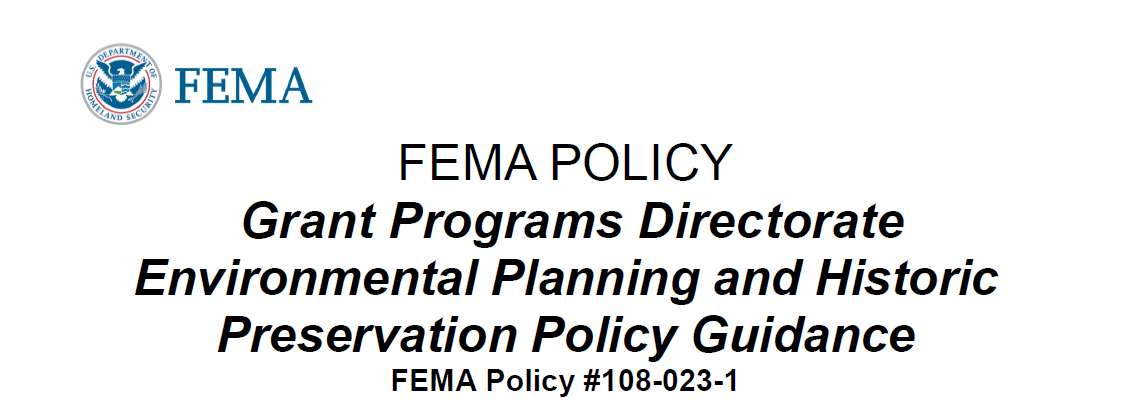
 To better meet the needs of its stakeholders, MDERS developed an EHP checklist for the PATC program. This checklist not only provided all the necessary information to FEMA, but also served as a resource to stakeholders to refer back to for the ultimate installation of the PATC cabinets.
To better meet the needs of its stakeholders, MDERS developed an EHP checklist for the PATC program. This checklist not only provided all the necessary information to FEMA, but also served as a resource to stakeholders to refer back to for the ultimate installation of the PATC cabinets.

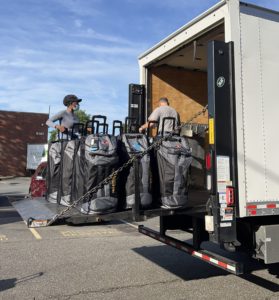 MDERS partnered with MCPS to configure the training kits to best meet the needs of Montgomery County high schools. To ensure students are prepared to deploy a PATC kit in a real-world situation, each training kit contains a variety of equipment mirroring the supplies an individual may find in the PATC kits installed throughout MCPS. Each high school received three training kits comprised of the following supplies:
MDERS partnered with MCPS to configure the training kits to best meet the needs of Montgomery County high schools. To ensure students are prepared to deploy a PATC kit in a real-world situation, each training kit contains a variety of equipment mirroring the supplies an individual may find in the PATC kits installed throughout MCPS. Each high school received three training kits comprised of the following supplies: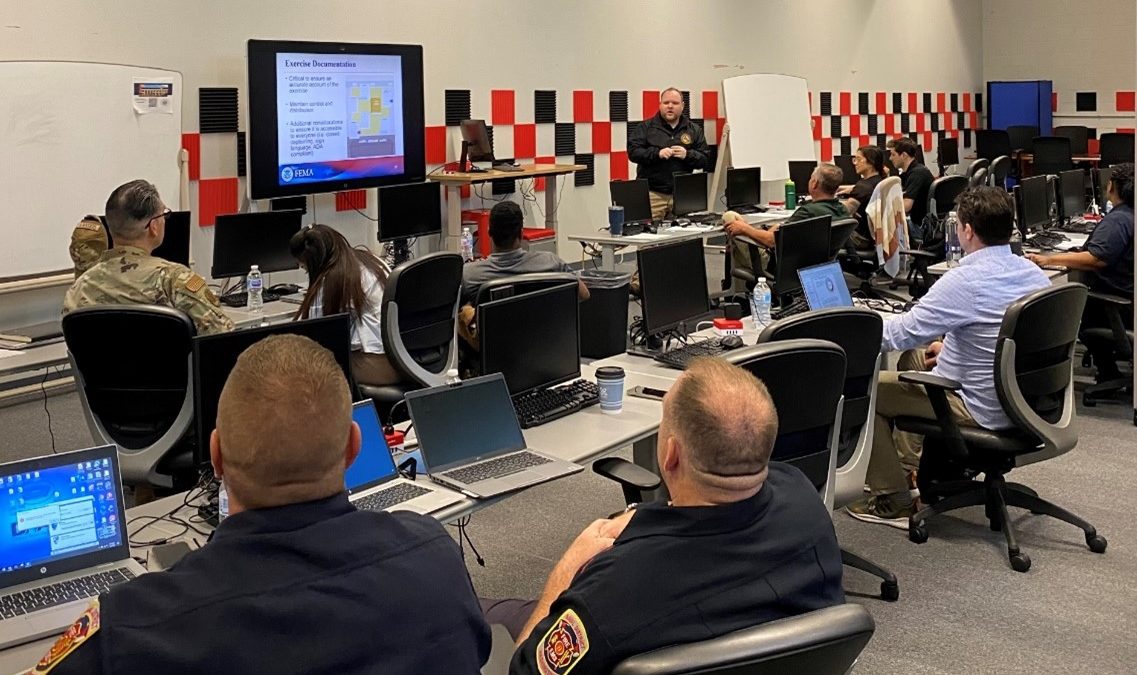
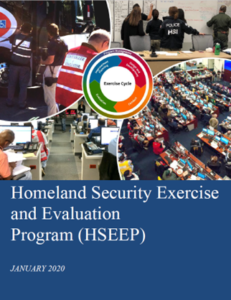 Originally published in 2002 by the Federal Emergency Management Agency (FEMA), HSEEP establishes guidelines for the development and implementation of effective exercise programs. HSEEP outlines key guidelines in five components of the exercise cycle: program management, design and development, conduct, evaluation, and improvement planning. These guidelines ensure a consistent methodology across jurisdictions and agencies, while remaining adaptable to individual organizations’ needs. In 2020, FEMA released an update to HSEEP, reflecting feedback solicited from the exercise community. Key changes to the 2020 HSEEP updates include: increased inclusivity of the whole community, additional tools and training resources for exercise design, application of “SMART” methodology to improvement planning, and the implementation of an Integrated Preparedness Plan (IPP) to replace the Multi-Year Training and Exercise Plan (MyTEP).*
Originally published in 2002 by the Federal Emergency Management Agency (FEMA), HSEEP establishes guidelines for the development and implementation of effective exercise programs. HSEEP outlines key guidelines in five components of the exercise cycle: program management, design and development, conduct, evaluation, and improvement planning. These guidelines ensure a consistent methodology across jurisdictions and agencies, while remaining adaptable to individual organizations’ needs. In 2020, FEMA released an update to HSEEP, reflecting feedback solicited from the exercise community. Key changes to the 2020 HSEEP updates include: increased inclusivity of the whole community, additional tools and training resources for exercise design, application of “SMART” methodology to improvement planning, and the implementation of an Integrated Preparedness Plan (IPP) to replace the Multi-Year Training and Exercise Plan (MyTEP).*